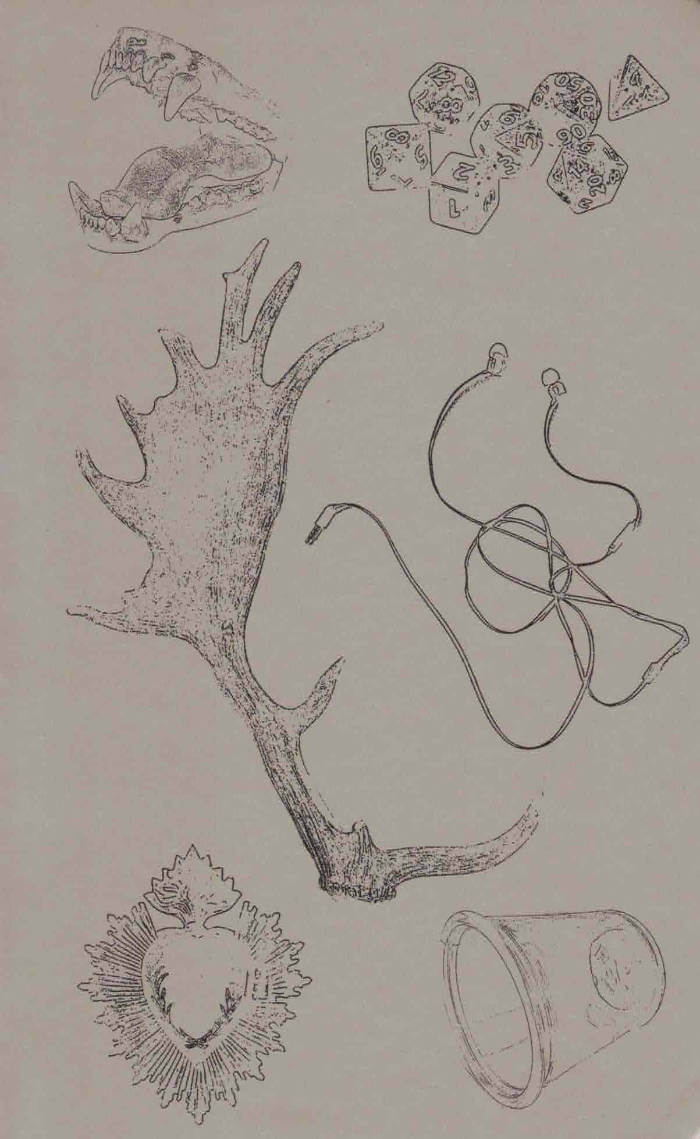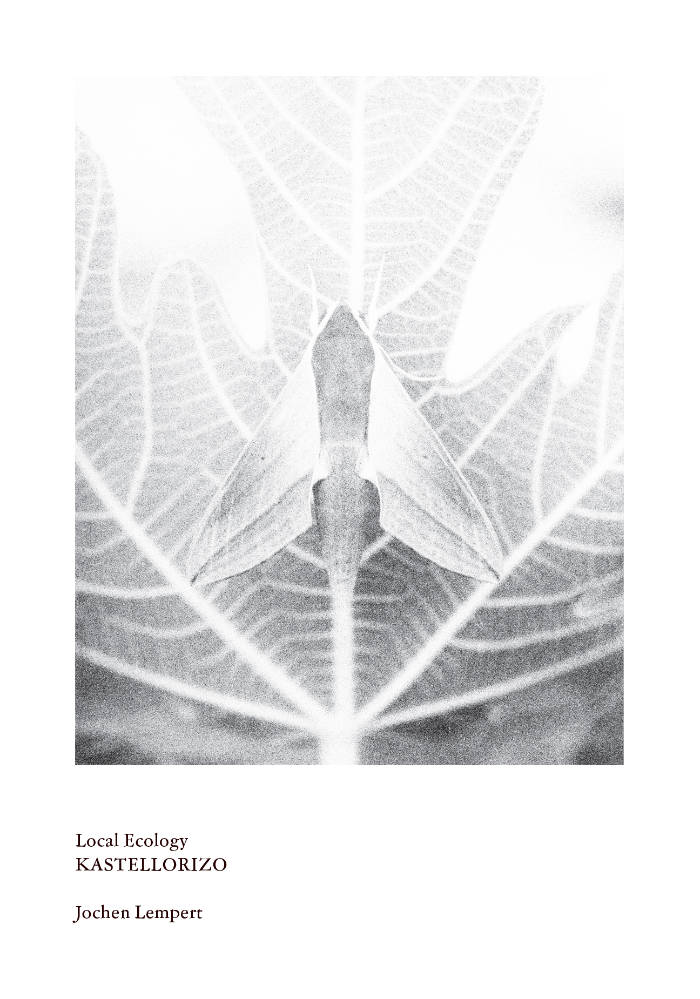
Walking loaves
An artist book by Luca Trevisani, overwriting in the mode of a palimpsest Piero Camporesi's Bread of Dreams, an Italian cult classic of "food" anthropology.
Walking loaves is a cannibalization of and tribute to Bread of Dreams, the masterpiece by Italian philologist, anthropologist, and literary critic Piero Camporesi. Originally published in 1980, Bread of Dreams is a book about bread as a cultural entity, about the baking practices and the rituals of the humans we have been, and the way we used to feed ourselves.
Seeking to crystallize in his sculptures the act of walking and the metamorphosis of the body, Luca Trevisani has dedicated several shoemaking exercises to bread—emphasized as a collective glue, material history, and biological writing.
After three years of plastic and editorial research on bread, Trevisani pays homage to Camporesi, grafting images of his works and handwritten notes onto its anastatic replica: a mutation grew in the crevices of another book with a gentle-aggressive gesture.
Luca Trevisani (born 1979 in Verona, lives and works in Berlin and Bologna) is one of the young Italian artists who came to prominence at the international level. His research ranges between sculpture and video, and cross border disciplines such as performing arts, graphics, design, cinema of research or architecture.







